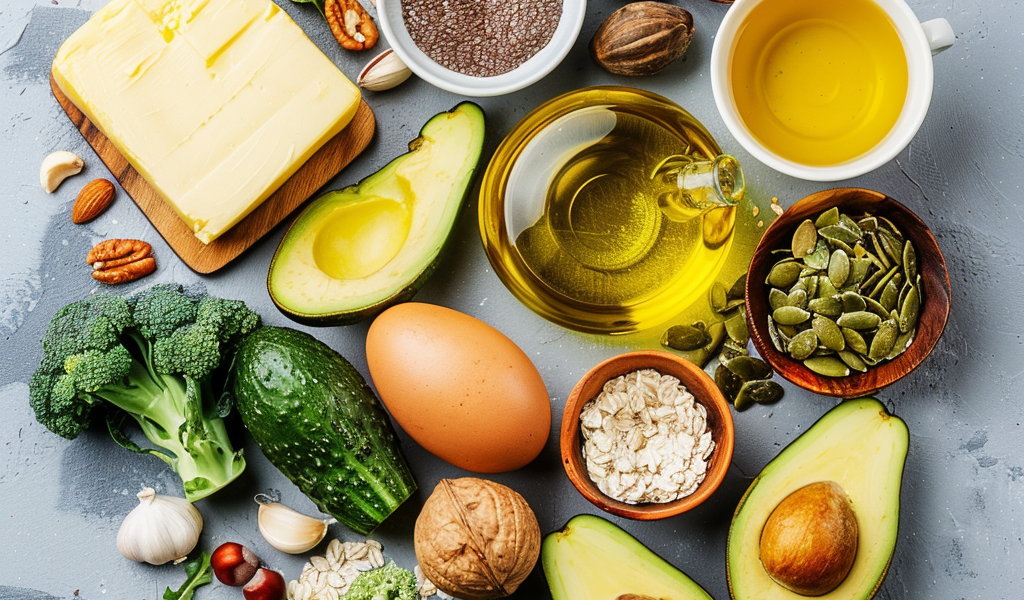What Scientists Say About the Keto Diet
If you’ve ever dabbled in the world of dieting, you’re likely to have come across the keto diet. As many as 7 percent of Americans followed this eating plan in 2022, according to data from the International Food Information Council, while the global ketogenic diet food market skyrocketed to $8.8 billion that same year.
The keto diet is a low-carb, high-fat diet with moderate levels of protein. And while this restrictive eating pattern can yield impressive results in the short-term, is it really ‘good for you?’ Newsweek spoke to the experts to find out.
‘The goal [of the keto diet] is an extreme restriction on carbohydrate to the extent that the body shifts from burning a combination of glucose and fat for fuel, to only burning fat for fuel—a condition referred to as ketosis,’ Christopher Gardner, Rehnborg Farquhar professor of medicine and director of nutrition studies at the Stanford Prevention Research Center at Stanford University, told Newsweek.
‘The amount of carbohydrate needs to be around 5 percent of calories,’ Gardner said. ‘Typical diets in the U.S. are around 50 percent calories from carbohydrate, so this is DRASTIC.’
A common misconception is that these carbs are then replaced by high protein foods and meat. ‘Many people misunderstand the diet and assume it is high protein, and high meat,’ Gardner said. ‘[But] the body doesn’t have any place to store protein consumed in excess. [So] once daily needs have been met, the extra protein is converted to carbohydrates, the very thing needed to be avoided to be in ketosis.’
In order to be in ketosis, the emphasis needs to be on fat. A ‘Well Formulated Ketogenic Diet’ is around 75 percent fat. The typical American diet is around 35 percent fat, so this means more than a doubling of fat intake.
So what can you actually eat as part of a keto diet plan? Foods promoted to eat are butter, lard, poultry fat, plant fats (olive, palm, coconut oil), avocado, coconut, certain nuts (macadamia, walnuts, almonds, pecans), and seeds (sunflower, pumpkin, sesame, hemp, flax), non-starchy vegetables (leafy greens and kale, cauliflower/broccoli, onions, cucumber, lettuces), berries in small portions, 90 percent or higher dark chocolate, plain coffee and tea,’ Nancy Oliveira, dietitian and manager of the nut





